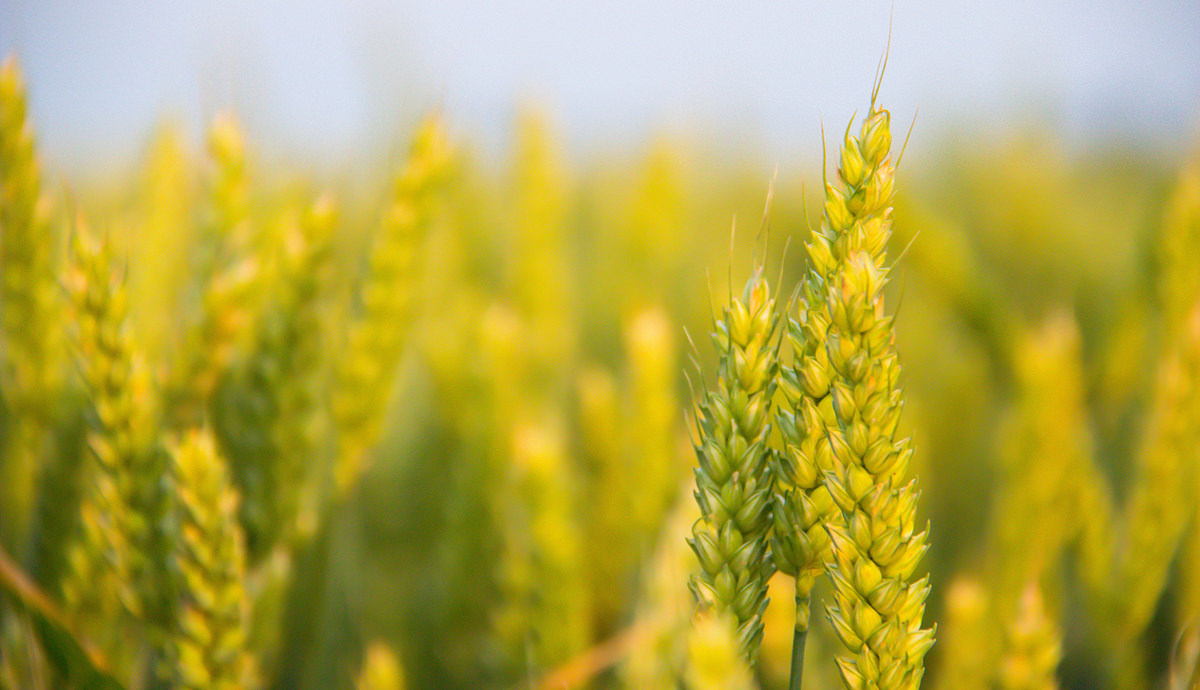February 9, 2016
New horizons in understanding the benefits of fibre
Reducing the risk of specific cancers, heart disease, diabetes and obesity, fibre is an unsung food hero.
Despite being the hallmark of healthy eating, dietary fibre rarely captivates the public’s attention, however a new study challenges common perceptions and bolsters the case for fibre to be recognised as a leading health promoting component of foods.
Published in Plant Foods and Human Nutrition this new study has, for the first time, collated the evidence on the range of food components collectively referred to as dietary fibre and described their impact on health.
Found only in plant foods, dietary fibres are carbohydrates that are not digested in the small intestine and pass into the large bowel, where they are partially, or completely, fermented by the bacteria living in the digestive system..
UOW PhD candidate Stacey Fuller led the study. She said while it is well known that people who eat higher fibre diets experience greater digestive wellbeing and reduced risk of specific cancers, heart disease, diabetes and obesity – some of the biggest causes of death and disability in Australia – the public knows little about the many different types of fibre, which each have their own unique health benefits.
“To understand how different dietary fibres promote health, we identified the wide range of substances classified as fibre – including arabinoxylans, pectin, β-Glucans, fructans, raffinose, resistant starch – and compiled the evidence on their properties, possible health benefits and food sources,” she said.
Co-author Associate Professor Eleanor Beck, from UOW’s School of Medicine, said there is a lack of appreciation of the importance of eating a variety of high fibre foods as part of a balanced diet.
“We collated wide ranging research to identify where different types of fibres, from different foods have the potential to act in different ways to help to reduce cholesterol levels, support healthy blood glucose levels after meals, reduce blood pressure, feed healthy bacteria in the bowel, avoid weight gain, and improve absorption of some nutrients.
“The long term health benefits of higher fibre diets are likely the outcome of these cumulative effects over time.”
Chris Cashman, Nutrition Program Manager at the Grains & Legumes Nutrition Council, stated: “this review elegantly highlights the importance of enjoying a variety of fibre-rich plant foods – including grains, legumes, fruits, vegetables, nuts and seeds – to ensure your diet contains a wide range of health promoting fibres.”
He added: “We know from our Grains and Legumes Consumption and Attitudinal Survey that Australians are much less likely to identify grains and legumes as sources of dietary fibre than fruit and vegetables, even though grain foods are the leading source of fibre in the Australin diet. This highlights the need for greater understanding that when it comes to fibre, variety is important.”
